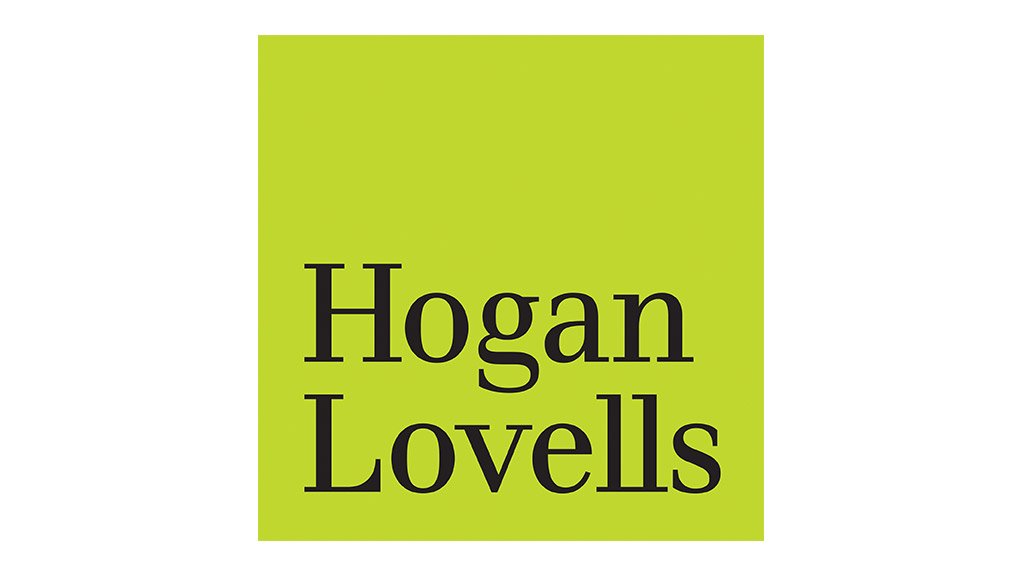Swift, decisive and severe. This was the immediate reaction to the much anticipated third mining charter for the South African mining industry. No sooner had the Minister of Minerals announced, published and brought into effect the Third Charter, than the Chamber of Mines announced that it would apply to court to interdict it. And the Chamber has a strong case.
In the wake of the government’s mantra of radical economic transformation, the Third Charter seeks to advance further transformation of the industry. With regard to ownership of companies and ventures that hold prospecting and mining rights, the Third Charter now introduces a new term “Black Persons” and does away with the now familiar “Historically Disadvantaged South Africans”. Black Persons are Africans, Coloureds and Indians who were citizens on 27 April 1994, or who were entitled to be naturalised and became citizens post democracy.
Black Persons must, on application of new mining rights, hold 30% of the shares and voting rights in companies who apply for such rights. These shares must be apportioned as follows: 8% to the host community (held in trust administered by government), 8% to the employees of the rights holder and the remaining 14% to Black Person Entrepreneurs. As for new prospecting rights, Black Persons must hold 50% plus one share of the interest in such prospecting right. However, the Third Charter is silent on whether these controlling shares must be apportioned in the same way as required for new mining rights.
These provisions do not yet apply to existing prospecting and mining rights. Historic empowerment transactions are recognised in a somewhat ambiguous manner. It seems that historic share transactions and transactions involving offsets and asset structuring that did achieved the 26% threshold are recognised, but not ones that failed to meet this target. It is not clear as to when the threshold needs to have been achieved, that is, at the time of the awarding of the right, or by 2014 when the previous charter required compliance, or now, when the Third Charter became effective. This is obviously relevant to determine whether the historical transaction will be recognised. Regrettably, this ambiguity in the drafting will add to the jaundiced perception of the Third Charter.
Be that as it may, the Third Charter requires companies to “top-up” their shareholding to 30% within the next 12 months and these shares must be released by those who are not Black Person Shareholders. Precisely how the Minister suggests this be done is a mystery. How does a company compel its shareholders to relinquish shares in favour of Black Persons to meet this arbitrary target? Even assuming this can happen, will a company that achieved empowerment through off-sets and asset transactions still be required to “top-up” to 30% shareholding, or can it simply adjust its historic transaction to achieve a 30% empowerment?
Since the advent of the first mining charter more than a decade ago, it was accepted that mining companies must have Black Economic Empowerment of 25% plus one share ownership, commonly referred to as the 26% shareholding. That made sense, as it gave enough shares to the minorities to avoid a majority shareholder being able to pass a special resolution without the cooperation of the minority shareholders. But why a target of 30%? It does not meet any company law imperative and seems to be an arbitrary number plucked from the sky.
One thing is clear though, in 12 months the Third Charter will no longer recognise historical transactions and it will require empowerment and/or shareholding of 30% to be held by Black Persons.
The Third Charter requires companies who hold prospecting and/or mining rights (existing companies after 12 months, and new applicants with immediate effect) to pay Black Person shareholders 1% of their annual turnover. This payment is in addition to any dividends that may or may not be declared. Controversially, this elevates the Black Person shareholders to a preferential position over the majority shareholders when it comes to profit sharing and compels companies to make these payments subject only to the solvency and liquidity test under the Companies Act. But how is this 1% defined? Is it a form of dividend or an expense? Will this mean that if a company, when applying the solvency and liquidity test, determines that it cannot pay its trade creditors in the ensuing six months, be excused from making this payment? And if it is, will that company not be financially distressed for purposes of the Companies Act and be compelled to consider its business rescue as the Companies Act dictates?
The arbitrary increase to 30% shareholding and the requirement to pay 1% of annual turnover violate the property rights of shareholders and companies. Property rights under the Constitution are entrenched and cannot be limited, unless through a law of general application and for reasons that are not capricious or arbitrary. That casts a massive dark cloud over the Third Charter. Firstly, the Third Charter is not a law of general application, it is a policy document. Secondly, the increase to 30% is arbitrary and there is little juristic justification for it. Thirdly, the requirement to pay benefits to minority shareholders as a function of turnover – as opposed to profits – will not survive challenges under the Companies Act and the Constitution.
These impracticalities and legal ambiguities may mean that the future of the Third Charter is the rubbish bin, if not the recycling bin. But until it ends up there, the controversy and legal jousting will leave the industry vulnerable and investors running for more stable and lucrative investment havens.
Written by Wessel Badenhorst, a partner at Hogan Lovells






